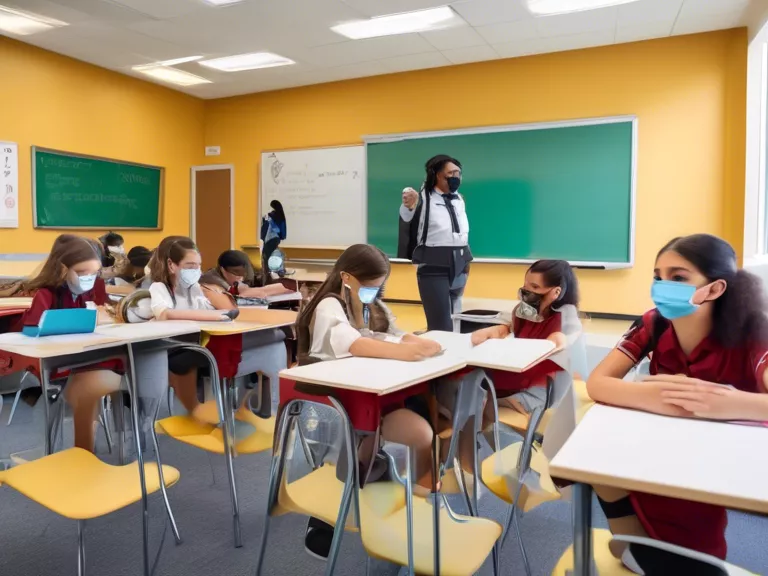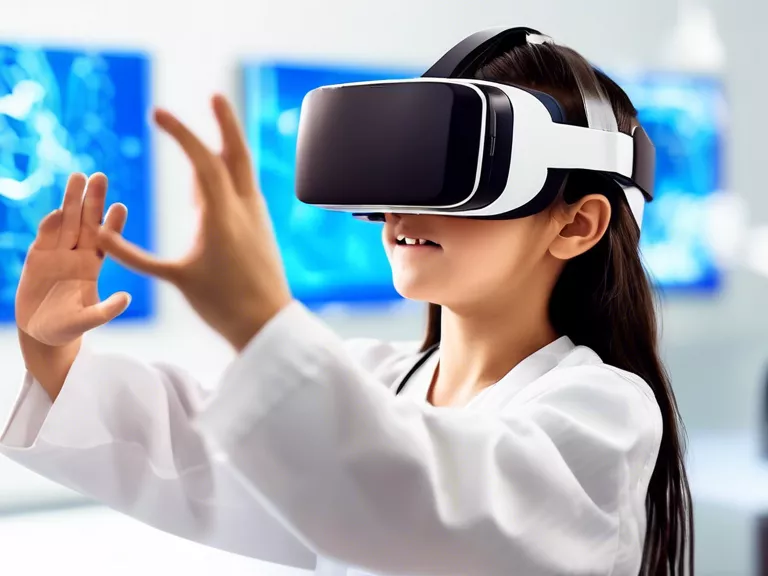
As the world continues to navigate through the challenges posed by the COVID-19 pandemic, one thing has become clear: hybrid classrooms are shaping the future of post-pandemic education. This innovative approach to learning combines the best of both in-person and online instruction, providing students with greater flexibility and access to resources.
In a hybrid classroom, students can engage in real-time discussions with their peers and instructors, while also having the option to review recorded lectures and materials at their own pace. This blend of synchronous and asynchronous learning allows for a more personalized educational experience, catering to the needs and preferences of individual students.
One of the key benefits of hybrid classrooms is their ability to increase accessibility and equity in education. Students who may have previously faced barriers to traditional in-person learning, such as those with disabilities or geographic constraints, can now participate in classes remotely. This democratization of education not only enhances student engagement and retention but also fosters a more inclusive and diverse learning environment.
Moreover, hybrid classrooms promote lifelong learning and professional development by enabling individuals to balance their education with work, family, and other responsibilities. This flexibility is particularly valuable in today's fast-paced, globalized economy, where continuous learning and upskilling are essential for career advancement and adaptation to change.
In conclusion, hybrid classrooms represent a powerful tool for transforming education in the post-pandemic era. By blending the best aspects of in-person and online learning, they offer students greater flexibility, accessibility, and personalized learning experiences. As we look towards the future of education, it is clear that hybrid classrooms will play a central role in shaping the next generation of learners.



